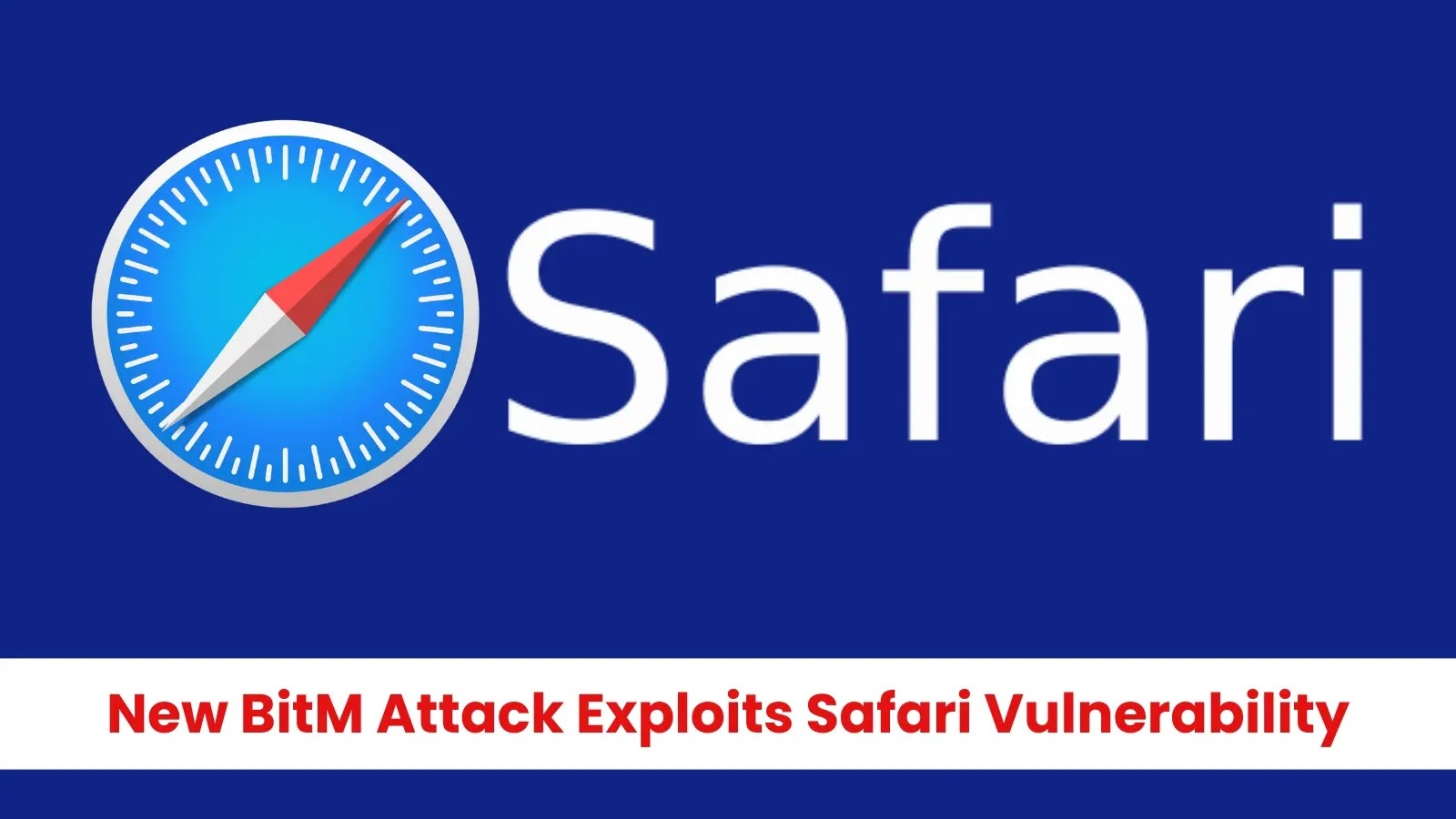The cybercriminal group known as Scattered Spider has intensified its attacks on VMware ESXi hypervisors, targeting sectors such as retail, airlines, and transportation across North America. Unlike traditional cyberattacks that exploit software vulnerabilities, Scattered Spider employs sophisticated social engineering techniques to infiltrate organizations’ most critical systems and data.
Tactics and Techniques
Scattered Spider’s modus operandi is methodical and multifaceted, encompassing several key phases:
1. Initial Compromise and Reconnaissance: The group initiates attacks by impersonating employees in phone calls to IT help desks, leveraging personal information obtained from previous data breaches. This social engineering allows them to reset passwords and gain initial access. Once inside, they conduct thorough reconnaissance, harvesting IT documentation, organizational charts, and identifying vSphere administrators. They also extract credentials from password managers like HashiCorp Vault and other Privileged Access Management (PAM) solutions.
2. Privilege Escalation and Lateral Movement: With the gathered information, attackers impersonate high-level administrators to request further password resets, escalating their privileges. They then pivot to the virtual environment, using Active Directory credentials to access VMware vCenter Server Appliance (vCSA). By executing tools like Teleport, they establish persistent, encrypted reverse shells that bypass firewall rules, facilitating undetected lateral movement within the network.
3. Hypervisor Compromise: The attackers enable SSH connections on ESXi hosts and reset root passwords. They perform disk-swap attacks by powering off Domain Controller virtual machines (VMs), detaching their virtual disks, and attaching them to unmonitored VMs under their control. This method allows them to extract the NTDS.dit Active Directory database without detection.
4. Backup Sabotage: To inhibit recovery efforts, Scattered Spider deletes backup jobs, snapshots, and repositories, ensuring that organizations cannot restore their systems easily.
5. Ransomware Deployment: Utilizing SSH access to ESXi hosts, the group deploys custom ransomware binaries via SCP/SFTP, encrypting virtual machines and disrupting critical operations.
Notable Incidents
Scattered Spider’s tactics have been linked to over 100 targeted attacks across various industries. In 2023, they orchestrated a significant breach of MGM Resorts’ ESXi infrastructure. After conducting reconnaissance and executing a SIM swap, they impersonated an employee to bypass identity verification and trick MGM’s IT help desk into resetting credentials. Within days, more than 100 ESXi hypervisors were encrypted with BlackCat ransomware, causing a 36-hour outage, $100 million in losses, and a $45 million class-action settlement. Similarly, Caesars Entertainment reportedly paid a $15 million ransom following a comparable ESXi intrusion. More recently, Marks & Spencer experienced a ransomware attack that disrupted apps and stores and exposed customer data, with potential financial fallout exceeding $400 million—nearly half of the company’s annual profit.
Why Target VMware ESXi?
VMware ESXi hypervisors are attractive targets due to their centralized nature and the critical workloads they host. A single compromise can disrupt numerous virtual machines, amplifying the impact of the attack. Scattered Spider exploits misconfigured SSH and Single Sign-On (SSO) settings to gain remote access or execute commands. They encrypt virtual machines at the hypervisor level to maximize operational disruption and use built-in ESXi utilities to evade detection through living off the land techniques.
Defensive Strategies
To mitigate the threat posed by Scattered Spider, organizations should adopt a proactive, infrastructure-centric defense strategy:
– Secure Remote Access: Enforce multi-factor authentication (MFA) for SSH and other privileged access points. Limit remote entry using role-based access controls and maintain comprehensive session logging.
– Implement Configuration Lockdown: Establish hardened baseline configurations for ESXi. Restrict administrative access, disable unused services, and prevent modification of critical system files.
– Control Utility Abuse: Apply command execution restrictions and validate the use of administrative tools. Behavior monitoring can help identify lateral movement or suspicious enumeration activities.
– Detect Early Intrusion Behavior: Utilize anomaly detection systems to flag abnormal activities, such as unauthorized privilege escalation, unusual file system access, or irregular login patterns.
– Prepare for Containment and Recovery: Develop recovery plans that include snapshot-based rollback, isolated restore environments, and regular testing of backup integrity to minimize downtime.
Conclusion
Scattered Spider’s operations underscore a shift in cybercriminal focus toward the virtualization backbone of enterprises. Their attacks exploit human factors, process gaps, and visibility blind spots, often bypassing traditional perimeter defenses. Organizations must enhance their defenses by securing hypervisor layers, implementing robust access controls, and fostering a culture of security awareness to effectively counter this evolving threat.



